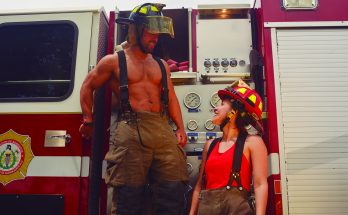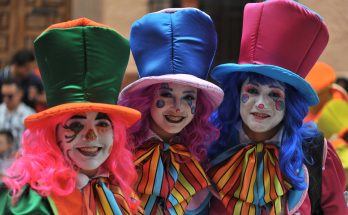By Francisco Peyret
About 30 years ago, a group of residents began producing audiovisuals and interviews to document experiences of what life was like for San Miguel residents and foreigners since the first expatriate arrived in San Miguel in the mid 1930s. On March 14, at the Santa Ana Theater of the Public Library, the presentation of “Labor of Love, Chapter 3, Dotty Vidargas” was held as the first installment of the recovery of this project.
I met Mrs. Dotty Vidargas around 2006 at the San Miguel Tourism Council meetings. She was a lady who was very precise with her comments, always impeccably well-dressed but, even more than that, if I remember correctly, she represented the organized real estate agents of that time. At the same time, I met from a distance her sons Miguel and Ricardo. San Miguel was beginning to urbanize, and they have always fought as very strong activists in favor of the conservation of the heritage and the environment. I met Federico, who had a career abroad, supporting the Public Library a little over a year ago.
Personally, the event was a very pleasant surprise for me. It began with the presentation of a short film, which includes an interview with Vidargas made in 1993, and continues with the exhibition of a beautiful series of photographs of personalities of a San Miguel of the 40s and 50s, with background music by Mexican musician Agustin Lara. Throughout the interview, Vidargas tells the story of her arrival from the city of Chicago to the town (1946), her first room, her discovery of the bullfighting world, and her encounters with personalities of the time such as Stirling Dickinson and Siqueiros, among others. She belonged to the generation that promoted San Miguel as a destination for education and culture. There are writings that tell how the inhabitants prepared their houses to receive potential visitors.
Sundays at the fronton on Hidalgo Street, the bar of the Posada San Francisco, the Cucaracha in the Jardín Principal, the bullfights, as well as the art schools, first Bellas Artes and later the Instituto Allende were the common places for San Miguel residents, Mexicans from other states, and foreigners to discover each other with the illusion of creating a destination for students, artists, and tourists. Vidargas belongs to that dream generation that forged a social composition that sustains the San Miguel of today.
For the second part of the event, Chris Rudolph, author of the book “Voices of San Miguel: An oral history,” interviewed Vidargas’ sons: Miguel, Ricardo, and Ricardo Vidargas, who casually and amusingly, from the perspective of their childhood and youth, recalled the parties, passages of family life, and anecdotes of their mother. We can imagine a sophisticated city girl, enchanted and adapting to a special San Miguel but also very much a traditionalist. For that time, we only have to imagine a very macho society where women who wore pants were looked at with a sidelong glance.
The San Miguel Archive Project is a project directed by Diana Largman. We are waiting for more installments, and I am sure we will be moved again with memories, anecdotes, encounters, and images of a San Miguel we do not want to forget.




